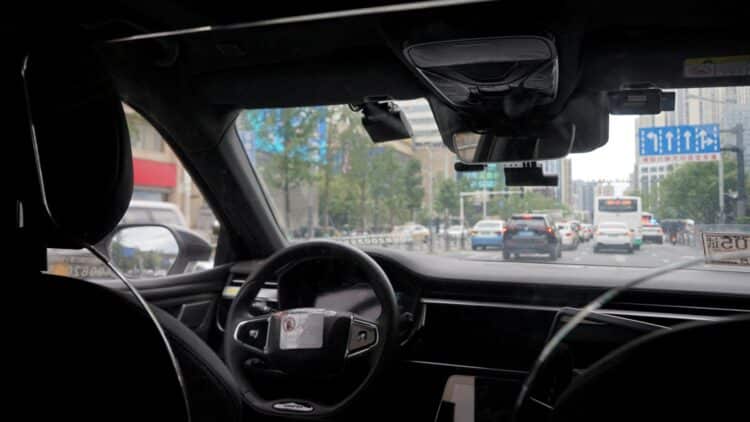By Chris Kirkham, Akash Sriram and Abhirup Roy. LOS ANGELES, July 24 (Reuters)
The current situation of Elon Musk’s famous company may be worrying: Tesla is facing what could be one of its biggest crises. The automotive market has been undergoing some changes, and electric vehicles sales are declining. And, as a way to continue innovating, Musk is betting on its autonomous cars. The current investment is in robotaxis. Understand the viability of this project and what concerns the investors of Tesla.
What is the impasse in creating Robotaxis?
Tesla TSLA.O and its CEO Elon Musk are walking an increasingly difficult tightrope as the company navigates declining electric vehicle sales and an autonomous driving business that has yet to get off the ground. On last Wednesday’s earnings call, Musk said Tesla is “getting the regulatory permission to launch” robotaxis in several states, including California, Nevada, Arizona and Florida. He expects operations to reach “half the population of the U.S. by the end of the year” and to roll out at scale by the end of next year.
So far, though, the company is operating only a small fleet in Austin, Texas, that is not available to the general public, and getting regulatory approvals, particularly in California, is likely to prove a bigger hurdle than Musk described on the call. Sales fell 13% for the first half of this year, as its core EV business deteriorated due to an aging lineup and brand damage from Musk’s political activism. With no affordable vehicles on the horizon until the last three months of the year and the upcoming elimination of a $7,500 U.S. tax break for EV buyers, Musk acknowledged that the company could have “a few rough quarters.”
“The numbers kind of speak for themselves,” said Ross Gerber, CEO of Gerber Kawasaki Wealth and Investment Management and a Tesla investor. “They’re bad for a growth company, which isn’t growing.”Tesla shares were down more than 8% in midday trading on Thursday. They have declined 24% this year and robotaxis and autonomous driving are critical to maintaining the company’s roughly $1 trillion stock-market valuation.
Internal and external pressures in the Tesla case
There’s still uncertainty about how Tesla plans to explain is current fleet of autonomous vehicles, including how it will ensure the safety of its robotaxis passengers. Testing is still limited, and the public doesn’t have access. Therefore, there are concerns beyond regulatory issues, as the tight deadlines set by Musk.
The fall in core auto sales has led to more investor scrutiny of Musk’s lofty robotaxi promises. Musk has promised every year since 2016 that driverless Teslas would arrive no later than the following year. Many questions on Wednesday’s call focused on how quickly Tesla would be able to expand robotaxi services, and the regulatory hurdles that remain. Musk said he expected the robotaxi business would have a “material impact” on Tesla’s business by the end of next year. In April, he said it would become material “around the middle of next year,” and predicted “millions of Teslas operating autonomously” by the second half of 2026.
Tesla has been promising to produce self-driving cars since 2026, ut so far it hasn’t been successful. This deadline issue has created a certain lack of credibility for Musk, which creates uncertainty in the automotive market regarding this next step with robotaxis. Tesla’s competitors, on the other hand, are betting on a more conservative approach to innovation.
Regulatory issues put Robotaxis on hold
Between doubts and uncertainties, Tesla’s current robotaxis scenario is complicated, due to the successive delays in implementing this autonomous vehicle technology. We expect the company to reposition itself as a mobility leader in the near future, but this requires real deliveries and significant investment to achieve results.

